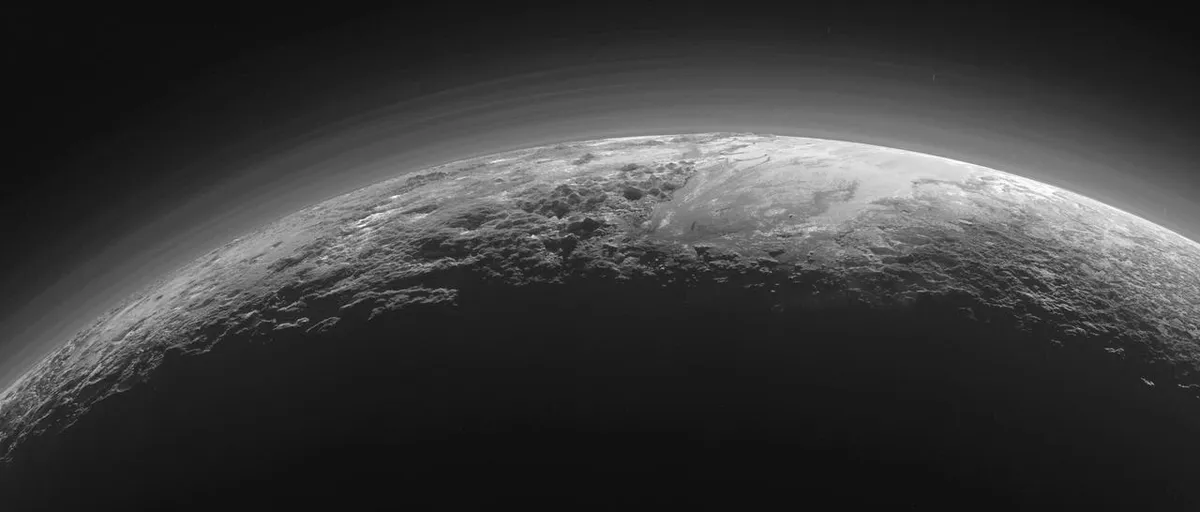
As NASA's New Horizons spacecraft journeys through the Kuiper Belt, positioned an astonishing 438 million miles from Earth, an international team of astronomers has conducted a groundbreaking experiment. They successfully demonstrated the first-ever instance of deep space stellar navigation. The findings from this remarkable study have been accepted for publication in The Astronomical Journal, with a pre-print available on the arXiv server.
Utilizing the unique vantage point of New Horizons as it heads towards interstellar space, the researchers imaged two of our closest stellar neighbors: Proxima Centauri, located just 4.2 light-years from Earth, and Wolf 359, which is 7.86 light-years away. From the perspective of New Horizons, these two stars exhibited a shift in their apparent positions in the sky—a phenomenon known as stellar parallax. This effect occurs when the positions of nearby stars appear to change due to the motion of the observer, in this case, the New Horizons spacecraft.
By analyzing the positions of Proxima Centauri and Wolf 359, and referencing a detailed three-dimensional model of the solar neighborhood, the astronomers were able to calculate the spacecraft's position relative to these neighboring stars. Remarkably, this calculation achieved an accuracy of approximately 4.1 million miles, which translates to an impressive precision of about 26 inches when measured from New York to Los Angeles.
While this demonstration did not produce research-grade results, the astronomers noted that the direct observation of large stellar parallaxes from widely separated observers was profoundly educational. According to Tod Lauer, an astronomer with NSF's NOIRLab in Tucson, Arizona, and the lead author of the study, the simultaneous Earth and spacecraft imaging aimed to make the concept of stellar parallaxes clearer and more engaging. Lauer stated, "It's one thing to know something, but another to say, 'Hey, look! This really works!'"
New Horizons is the fifth robotic spacecraft to depart from Earth, destined to explore interstellar space. Initially, its primary mission involved studying the dwarf planet Pluto and its largest moon, Charon. After a remarkable journey spanning nine and a half years and over 3 billion miles, the spacecraft returned stunning first images of these icy worlds, significantly enhancing our understanding of their geology, composition, and tenuous atmospheres.
Currently in its extended mission phase, New Horizons continues to investigate the heliosphere and is on track to cross the termination shock—the boundary marking the beginning of interstellar space—in the coming years. This ongoing exploration promises to yield valuable insights into our solar system and beyond, reaffirming New Horizons' crucial role in advancing our knowledge of deep space.